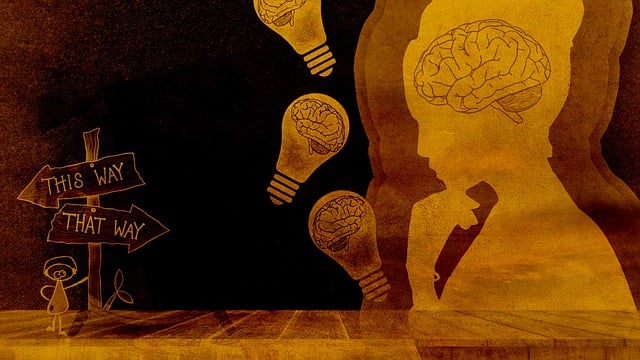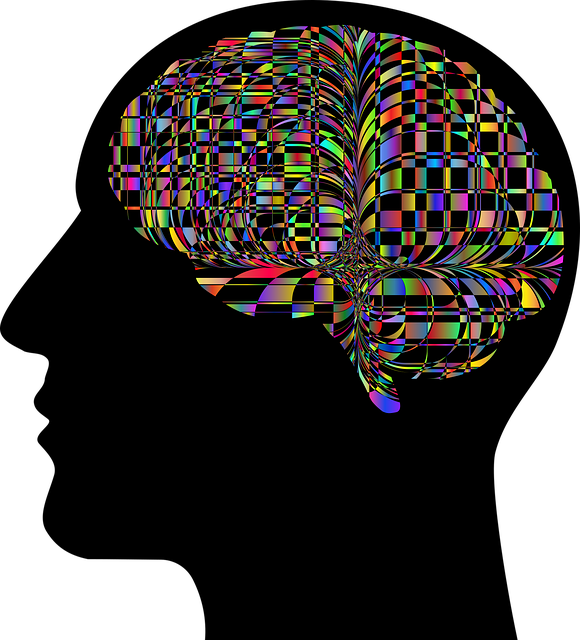Mindfulness meditation emerges as a powerful therapy for ADD-ADHD, focusing on present-moment awareness to regulate attention, improve focus, and reduce impulsive behaviors. Setting aside just 10 minutes daily in a quiet space can significantly enhance mental wellness. Guided meditations tailored to ADD-ADHD, combined with practices aligned to personal values, offer valuable tools for symptom management and resilience building. This holistic approach complements traditional treatments like counseling or medication and supports burnout prevention, enhancing overall well-being.
Mindfulness meditation has emerged as a powerful tool, offering significant benefits for individuals with Attention Deficit Hyperactivity Disorder (ADD-ADHD). This practice can help manage symptoms and enhance focus. In this guide, we’ll explore how mindfulness can be tailored to suit those with ADD-ADHD. We’ll provide practical steps to set up a personal meditation space, offer techniques to improve concentration, and share tips for consistent practice. Discover how mindfulness meditation can serve as an effective therapy for ADD-ADHD, promoting better mental well-being and daily functioning.
- Understanding Mindfulness Meditation for ADD-ADHD
- Setting Up Your Mindfulness Practice
- Techniques and Tips for Effective Mindfulness Meditation
Understanding Mindfulness Meditation for ADD-ADHD

Mindfulness meditation has emerged as a potent tool in managing Attention Deficit Hyperactivity Disorder (ADHD) or Attention Deficit Disorder (ADD). This therapy for ADD-ADHD focuses on cultivating present-moment awareness, helping individuals become more attuned to their thoughts and feelings without judgment. By practicing mindfulness, those with ADHD can learn to regulate their attention, improve focus, and reduce impulsive behaviors.
Incorporating mindfulness into daily routines can be particularly beneficial for managing the symptoms of ADD-ADHD. It encourages individuals to develop a non-reactive mindset, fostering better emotional regulation and decision-making skills. Moreover, mindfulness practices can enhance overall well-being, offering an alternative approach to traditional therapy that complements existing treatments, such as counseling or medication. In line with Burnout Prevention Strategies for Healthcare Providers and Risk Management Planning for Mental Health Professionals, integrating mindfulness into treatment plans can contribute to a holistic care strategy, addressing both the mind and body’s needs.
Setting Up Your Mindfulness Practice

Setting up a mindfulness meditation practice can be a transformative step for anyone seeking to enhance their mental wellness, including those navigating the challenges of ADD-ADHD. Creating a dedicated space for mindfulness allows individuals to cultivate a sense of calm and focus amidst life’s busyness. Start by carving out just 10 minutes each day for your practice; consistency is key to reaping its benefits. A quiet, comfortable setting where you won’t be disturbed is ideal. You might want to explore guided meditations designed specifically for ADD-ADHD, which can offer valuable tools for resilience building and help manage symptoms.
Remember that cultural sensitivity in mental healthcare practice is essential. Incorporate practices that resonate with your personal values and background, allowing mindfulness to become a meaningful and sustainable part of your routine. By integrating this ancient technique into your daily life, you’re not only investing in your mental wellness but also developing skills that can improve overall well-being and quality of life.
Techniques and Tips for Effective Mindfulness Meditation

Mindfulness meditation is a powerful tool for anyone seeking to enhance their mental wellness and manage conditions like ADD-ADHD. To begin, find a quiet space where you won’t be disturbed. Set a timer for a duration that feels manageable, starting with shorter sessions and gradually increasing as you build endurance. Focus on your breath – notice the air flowing in and out of your nostrils or the rise and fall of your chest. When thoughts inevitably arise, acknowledge them without judgment and gently bring your attention back to your breath. Consistency is key; daily practice can significantly improve focus and reduce symptoms associated with ADD-ADHD.
For optimal results, incorporate additional techniques into your mindfulness meditation routine. Try guided meditations for a structured approach or use apps designed for this purpose. Incorporate body scans to cultivate an awareness of physical sensations throughout your body. Mindfulness walking allows you to be present in the moment as you move through your environment. Lastly, consider journaling as a mental wellness exercise to complement your meditation practice. By combining mindfulness meditation with communication strategies and burnout prevention techniques, you can create a holistic approach to improving mental health and well-being.
Mindfulness meditation, as a complementary therapy for ADD-ADHD, offers a powerful tool to enhance focus, reduce stress, and improve overall well-being. By setting up a consistent practice and employing various techniques, individuals with ADD-ADHD can navigate their symptoms more effectively. Incorporating mindfulness into daily routines allows for better self-regulation, increased awareness, and improved cognitive function. This ancient practice, accessible through simple breathing exercises and guided meditations, has the potential to revolutionize how we manage attention-related disorders, fostering a calmer, more focused mind in today’s bustling world.














